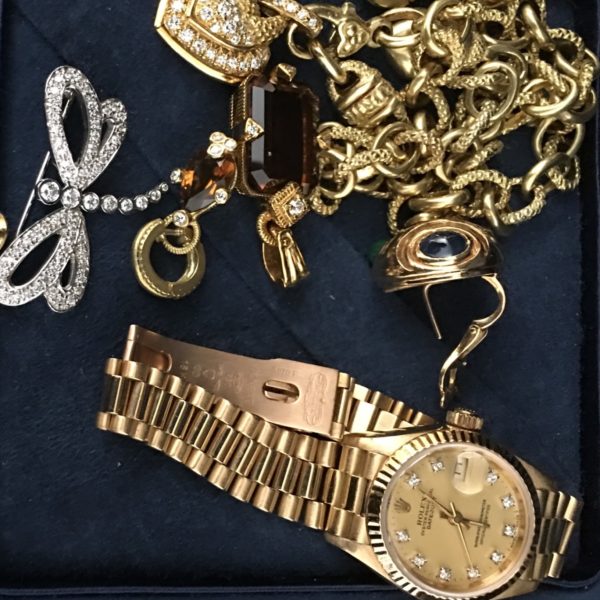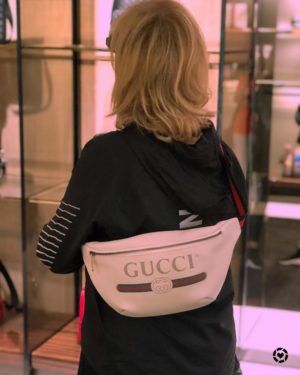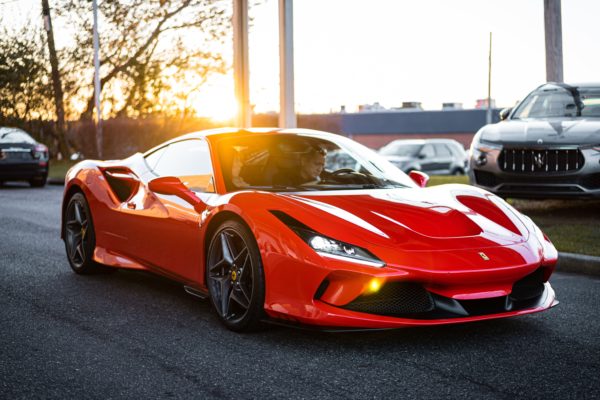
To understand luxury brands, one must go back in time and analyze the historical context from which they emerged. Luxury and designer brands have been around for centuries and almost always reigned as the dominant player in their market.
Let’s Take A Look At 3 Luxury Brands
That Have Stood The Test Of Time
Gucci
Gucci is an Italian fashion house internationally renowned for its leather goods and ready-to-wear clothing. Established in Florence, Italy, in 1921 by Guccio Gucci, the label has become a benchmark of luxurious style over the years with over two hundred stores throughout the world.
The label has seen its share of luxury and drama, with two family power struggles that shook the company to its core. When Maurizio Gucci took over as president in 1985, he faced a battle for company control with his uncle Aldo. The latter accused Maurizio of using the label’s resources to finance his jet-set lifestyle. Maurizio won, and he took the company public in 1995, making it easier for investors to buy shares in the privately held company.
Aldo himself had taken over control of Gucci after the board forced out Maurizio in 1983. Two years later, Aldo was shot dead outside his office in Milan by a hitman hired by his third wife, Patrizia Reggiani. She had demanded $16 million to keep quiet about her husband’s alleged Mafia ties, but after she got it, she tracked him down and killed him anyway.
Reggiani served six years for manslaughter after being sentenced in 1996. She was released in 2002, and she now lives quietly on the outskirts of Milan. She reportedly works as a dressmaker out of her home.
Ferrari
Car manufacturers are constantly seeking ways to improve their products, whether adding new technology or finding innovative ways to produce cars more efficiently.
A notable example is Ferrari. Enzo Ferrari began building race cars in 1929 under his own name, and by 1947 he was producing street-legal vehicles. Six years later, the company changed its name but kept the prancing horse logo. In 1971, Enzo sold 50% of the company to Fiat to secure government funding for future racing endeavors.
When Ferrari died at age 90 in 1988, his son Piero took over as president of the company until he retired four years later and passed away just a few months after his father. He had been planning to sell majority control of the company to Fiat, but his untimely death forced him to sell his entire share.
When Luca Cordero di Montezemolo took over as president in 1991, he oversaw a significant expansion of Ferrari. By 2012, Ferrari had produced some 13,000 cars. The company’s revenue in 2010 was $2.04 billion, with profits of more than $184 million.
Ferrari is one of the most profitable supercar brands in the automotive industry. A Ferrari service is still only performed by specialist technicians. They also produce some of the world’s fastest and most desirable cars for enthusiasts like Jay Leno and Ralph Lauren.

Rolex
Although Rolex is currently the most significant single luxury watch brand globally, it wasn’t always that way. The company’s growth has been slow and steady, but they have built up their marketplace to become an international symbol of luxury over time.
The brand rapidly gained notoriety because of its reputation for making fully waterproof watches. The company was founded in London by a 24-year-old Bavarian who had previously been employed as an “apprentice” for another watchmaker. Hans Wilsdorf moved the business to Switzerland shortly after World War I, where Rolex still makes their watches today.
Frequent scuba diving and water-related accidents made the Rolex Submariner a popular choice among these early enthusiasts, so much so that it became known as the world’s first “dive watch.” These days, Rolex has extended its lineup to include models with built-in GPS, heart rate monitors, and other high-tech features.
During the 2007 financial crisis, Rolex expanded by opening new warehouses in foreign countries to sell more watches there. The company’s revenue climbed from $2 billion in 2006 to $11.4 billion in 2014, and profits during that same time frame increased from $968 million to just over $3 billion.

In Closing
While big brands like Fendi, Gucci and even Ferrari have extended their menus to include a range of products, Rolex remains true to their brand. The company’s latest features only help enhance the classic watchmaking principles that made them so famous in the first place.
To read more about our favorite luxury brands, check out the other posts on this site!
XOXO,





